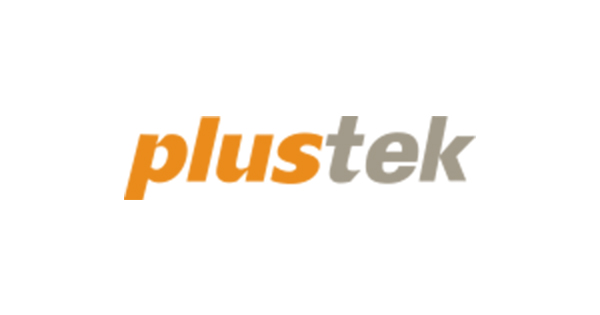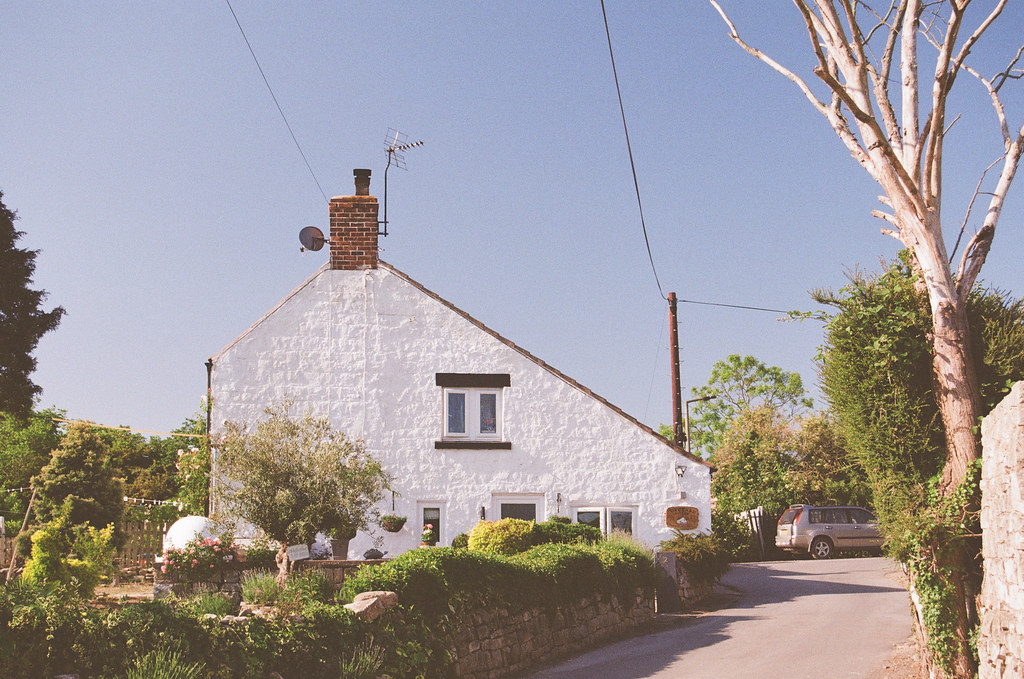- Messages
- 8,311
- Name
- Ian
- Edit My Images
- No
Plustek 8100 OpticFilm Scanner - anyone used one?
Great bit of kit IMO.
Plustek 8100 OpticFilm Scanner - anyone used one?
I used the 7200 for a while. Worked fine for me before I started using a camera system.Plustek 8100 OpticFilm Scanner - anyone used one?
Plustek 8100 OpticFilm Scanner - anyone used one?
Worth the extra money? https://business.currys.co.uk/catalogue/item/P228561P?from=category
Worth the extra money? https://business.currys.co.uk/catalogue/item/P228561P?from=category
Worth the extra money? https://business.currys.co.uk/catalogue/item/P228561P?from=category
Good point. Not buying anything at the moment. Still waiting for the first lot of negs to be developed and I need to make sure that my enthusiasm doesn't wain before I spend any more money. Nearly bought another film camera from Harrisons the other day. Luckily it was snapped up in double quick time, phew ... close call...and also you should think what you would use a scanner for e.g. if you are going to just post here or on the web then a cheap flatbed would be more versatile as it can scan photos, scan 35mm and 6 X 6cm (medium format). But if you want large photos then a dedicated 35mm scanner would be better than a cheap flatbed scanner. But it's all subjective as would any of your family or friends care, seeing prints of them @ 8X10, if the print from a cheap flatbed scanner is slightly inferior to a print from a scan from a 35mm dedicated scanner.



............The Epson V600 flatbed claims a resolution of 6400 dpi, but FSI measure it at best 1560 dpi (set at 3200), while the V800 is measured at 2300 dpi (set at 4800). The Plustek 7500i that I use claims a resolution of 7200 dpi, but the best FSI could actually measure at that setting was 3500 dpi. The newer 8100 was measured at 3800 dpi (set at 7200), while oddly the 8200i only appears to get 3250 dpi. Meanwhile the Reflecta Proscan 7200 gets 3200 dpi set at 3600, and the RPS 10M gets 4300 dpi set at 5000. AFAICS the latter is about the best effective resolution of any available consumer grade scanner (although the Hasselblad Flextight X5 was measured at 6900 dpi, set at 8000!).
Seems a bit harsh.... and might make other options (such as buying rare and overpriced old Nikon Coolscan devices) completely redundant....
Professional medium format and 35mm photographic film scanner | Plustek USA
The OpticFilm 120 Pro delivers the professional image quality results from 35mm film strips, slides, and 120/220 film from 6x4.5cm up to 6x12cm in sizes. It is designed for professional photographers, advanced amateur photographers, film photo enthusiasts, photography schools and clubs. The...plustek.com




With the filmdev one I just clicked auto color in Photoshop and it looks Ok..the sky looks more faded i.e. not so blue but as you were there, you might be able to remember how the sky looked.
I might try that later and add it to the post above for comparison. I’ve used auto colour in Photoshop before but find it can be very hit and miss In its results.
Another post comparing different approaches to digitising film here: https://casualphotophile.com/2020/0...ods-and-results-dslr-vs-flatbed-vs-lab-scans/ . The flatbed scanner is a V550, while the DSLR is a tethered 70D with a Vivitar 55/2.8 macro lens
His TLR...
"
The post also contains some comments about adjusting the height of his Epson V500 standard holders in an attempt to improve focus. He was using "sticky notes" to raise the height ( claiming 7 notes were needed for 0.5mm, which seems a lot to me, though maybe they are thinner than our Post-it notes!).
- DSLR/mirrorless scanning is much sharper than an entry-level flatbed for both 35mm and medium format, (can be) much more efficient, and is comparable in quality to lab scans. See our main image in full res here.
- Cost of entry will most likely be higher with a DSLR/mirrorless, even excluding the camera body, though can be done more economically than my setup with a little creativity (possibly at the cost of efficiency).
- Flatbed scanner results will likely be perfectly acceptable for most use-cases. Just make sure to set your expectations accordingly."
Right, that's 2 more tabs I can get rid of!
I'll read the article later, but on my PC the V550 scan in that test image looks awful - not in terms of resolution, but in tonality. The shadow areas are heavily blocked. That's not something I find with my V550 scans.
After contacting the developer to ask abot the lengthy processing times I was having, it looks like two things were to blame...
1) Me. For not RTFM'ing the correct process. The bit where I thought it was hanging was because it waits for you to adjust the image crop area before it proceeds. Someone didn't realise this!
2) My PC probably being a bit poorly. I've spent most of the day running checks to repair system files and then a 12 hour(!) chkdsk process to see if the hard-disk is ok. Things are now running noticeably smoother, although Grain2Pixel still takes around 3 minutes for a single image - much longer than the developer gets (he quoted 10 secs for his PC!), but still four or five times faster than before.
I think I still need to see if there's anything else I can do in terms of my PC's efficiency, but I'm keen to see how the plugin works on some other negatives. I'll either post my findings here or start a thread dedicated to the plugin.
The 550 comes out of that surprisingly well. Although comparing small Frontier scans with large V550 scans and even larger Plustek scans, and then looking at detail, doesn't quite seem a level playing field to me. And I was bemused by him first editing the scans so they looked the same, though maybe I misread that bit!
EDIT: I don't think he says what software was used, either. I assume it was not Epson Scan, as that wouldn't be an even comparison with the Plustek, so I'm guessing Vuescan, but who knows?
To make the thread more interesting what about views from guys owning a Plustek compared to a Fuji frontier or Noritsu?
It's a difficult comparison to make unless you have access to both scanners. I can get much higher resolution images from my Plustek than the Noritsu or Frontier lab scans I've had from FilmDev,
erm but all Fuji Frontier and Noritsu have the same true resolution for detail for all labs so it doesn't matter mentioning Filmdev..it's like the C41 process is the same from any good lab using Kodak or Fuji chemicals.
But interesting you think that Plustek scans are superior (for detail) compared to Frontier and Noritsu.
